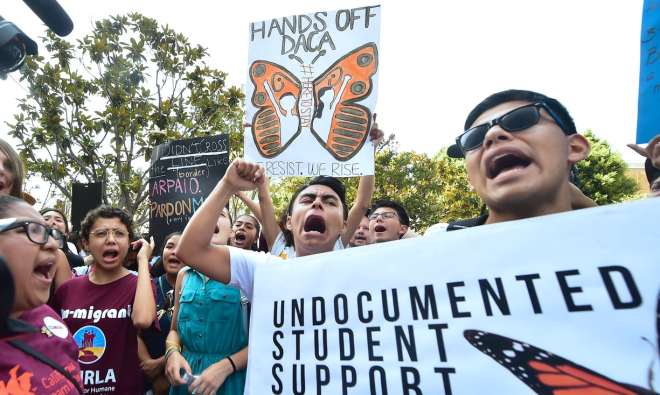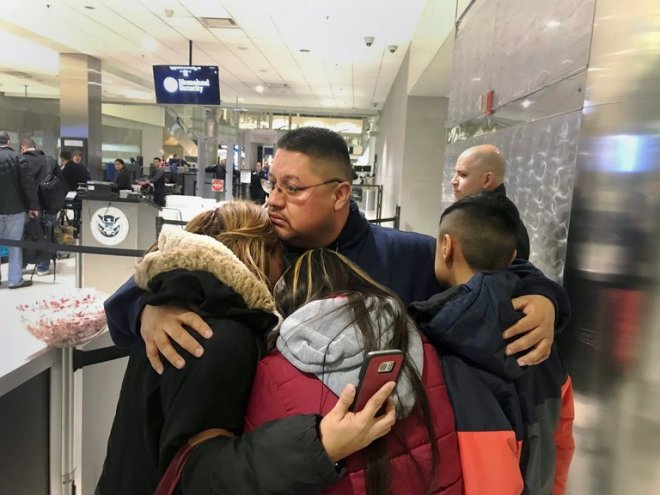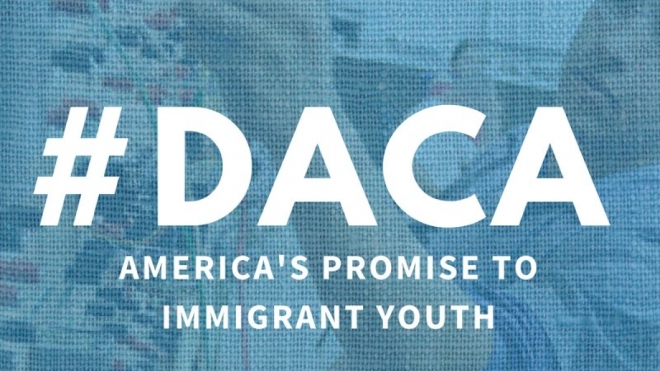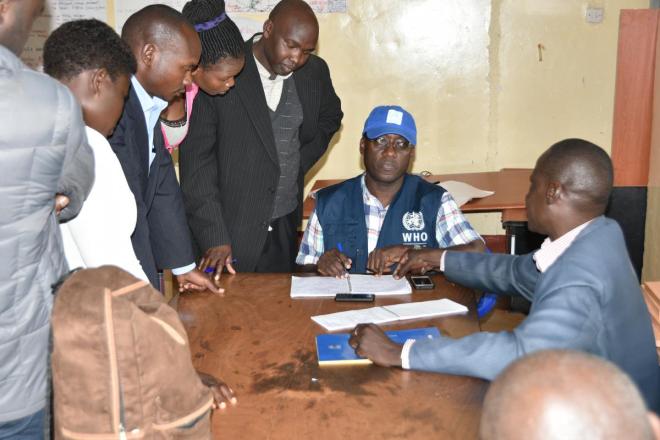
Today’s story comes from the United States and focuses on the acronym that’s blanketed the airwaves for the last few months – DACA. It also focuses on the heartbreaking tale of a man named Jorgé Garcia who, in January 2018, was separated from his family and forcibly deported to Mexico after nearly 30 years of living in America.
First things first, shall we?
What actually is DACA?
‘DACA’ stands for ‘Deferred Action for Childhood Arrivals’ and is a federal government program in the US which was created in 2012 under Barack Obama. The act affords people who were brought to the country illegally as children (under 16) the right to temporarily live, study and work in America. To apply for consideration under DACA a person must have completed school, be a current student or have served in the armed forces; they must also have no criminal convictions of any kind and be deemed ‘not a threat to national security’. If successful in their application, legal action to deport the individual is suspended for two years – and possibly for longer if the application is successfully renewed. Oh, and they also become eligible for basic things like the right to hold a driving license or attend college (university). These people are known as The Dreamers.
Called ‘Dreamers’ after the failed Development, Relief and Education for Alien Minors (Dream) Act that Obama tried to pass through Congress. Whilst the Dreamer Act would have afforded these children permanent legal status as citizens of the United States….DACA only offers the deferred deportation process as described above. Most Dreamers are of Latino ethnicity and arrived in America from Central American countries, most notably Mexico.
Why all the fuss about DACA?
In September 2017, President Trump announced that he would be ending the DACA program as of March 2018 and any new applications would not be considered. This would mean that, in one month’s time, c. 800,000 young Dreamers would face deportation back to a country that many of them will have no memory of. They would find themselves homeless on the streets of – what is to all intents and purposes – a ‘foreign’ country, with little or no family in the area to support them. It is a bleak prospect indeed for those affected.
Luckily, President Trump has since been blocked from scrapping the program by a federal judge (much to the President’s infamous ire) and the DACA issue was one of the key agendas that prompted the recent shutdown of the US government as Democrats and Republicans failed to reach a DACA-related bargain. A final decision has still not been reached regarding the fate of c. 800,000 young Dreamers in America and the President’s stance towards DACA changes on a seemingly hourly basis. We can but hope that a deal is reached which protects America’s Dreamers. Soon. Lest we see more cases like the heart-rending story of Jorgé Garcia…
Jorgé Garcia
What does this man have to do with DACA and why do I keep mentioning him? Well his story is – I feel – a very powerful, emotional and important one which we should all be aware of. We should ruminate on the emotional and psychological impact that his story will have upon his family and friends. We should make it our mission to prevent similar things from ever occurring again.
Jorgé Garcia was brought to the United States of America from Mexico when he was ten years old. It is unknown who brought him across the border (most newspapers cite the person responsible only as an ‘unknown relative’), but what is certain is that he was brought across the border illegally.
That was almost thirty years ago.
In the years since arriving in the United States, Mr Garcia settled down in Lincoln Park, Michigan, married an American citizen, had two children (also American citizens) and worked as a landscaper. By all accounts he had no criminal record and he paid all of his taxes yearly. He was a normal, run-of-the-mill family man.
However, in 2009 a ‘Removal Order’ was issued for Mr Garcia as he had entered the country illegally…albeit not by his own choice and as a minor. The Garcia family fought hard for his right to remain in the United States and his deportation order was stayed by the Obama administration whilst the family looked for a way to make their husband/father a ‘legal citizen’.
Mr. Garcia did not qualify for DACA when it was introduced in 2012 as he was 33 years of age. Why is this important? The DACA bill stipulates that to qualify for consideration a person’s age on June 15th 2012 (the bill’s induction date) must not have exceeded 31 years. And so, despite coming into the country at age ten – well below the cut-off age of 16 – Jorgé Garcia did not qualify for the protection of DACA. His family continued to battle to make him a legal citizen, incurring legal fees of over $125,000.
That is, of course, until the Trump administration came to power. Legislation changed and Mr. Garcia found himself unable to delay the Removal Order any longer. On January 15th 2018 (Martin Luther King Day) immigration agents escorted Mr. Garcia to Detroit Metropolitan Airport, he pulled his family close in one final goodbye embrace…before being ushered through customs to board a plane ‘home’ to Mexico. Protesters stood silently nearby holding placards that read ‘Stop Separating Families’ as other travelers arriving at the airport looked on with sympathy and concern.
Below is a photograph of Jorgé Garica, his wife, his daughter (15) and his son (12) as they wept together before being separated. You can also find a video of this event on YouTube or Vimeo, but it’s content is – as one might expect – highly emotional and tear-jerking.

Mr. Garcia has now returned to a country he left when he was ten years old. He probably has very little memory of his ‘homeland’ and it is unknown whether he has any property or family remaining in Mexico. He now faces a potential ten-year ban preventing his re-entry to the USA, although his wife – Cindy Garcia – has stalwartly vowed to fight the government at every twist and turn to ensure that her husband is returned to her. At the very least it will be 18 months before a meeting can be arranged at the Mexican Consulate to discuss his ‘legal Green Card status’.
He is 39 years old and has spent almost 30 of those years in the United States. He married an American. His children are American. He worked for American customers. He paid tax to the American IRS…
…I ask you, HOW IS AMERICA NOT THIS MAN’S HOMELAND?! His wife is now without her husband; his children, without their father. The sheer psychological shock of an event like this on his family will be earthshakingly terrible. This should not be allowed to happen. Surely this is a breach of human rights?! However, if DACA is abolished this situation will be repeated all over the United States.
Immigration is something that must be controlled, yes, but the Obama administration’s DACA agreement should be honoured. The Dreamers should be afforded protection from a fate similar to that of Mr. Garcia. American families should not be torn apart in such an inhumane manner. The scene that played out at Detroit airport in January is one that – in my opinion – should never be repeated again.

“Give me your tired, your poor, your huddled masses yearning to breathe free.” – Emma Lazarus (an excerpt from the quote on the pedestal of the Statue of Liberty).



